Sala10: Ilya Noé
virtual exhibition
Eva
Using fragments of home movies filmed on Super-8, Ilya Noé portrays her intricate relationship with her mother. Images, loose pieces of a family history, are accompanied by a narration that combines their identities to draw out their complexities and contradictions. The piece questions stereotyped ideas about maternity as it meditates on mourning and loss through the possibilities opened up by the family archive.
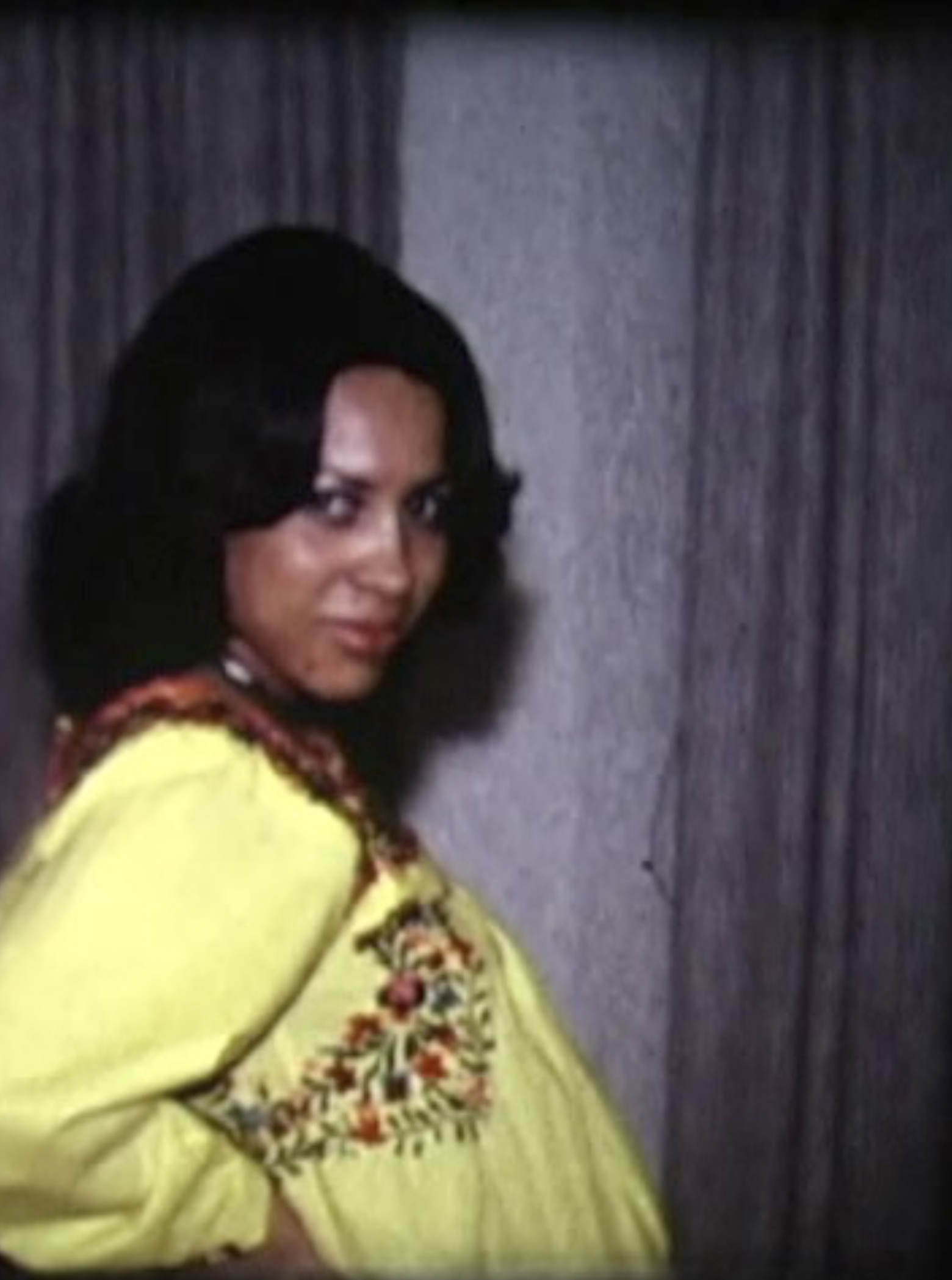
(Re)constructing Memory
Because we know that, once it has been taken, captured, this image will be reproducible in our absence, because we know this already, we are already haunted by this future, which brings our death. Our disappearance is already here.[1]
Jacques Derrida
To open up the possibility of becoming a spectator of herself, Ilya Noé begins Eva with a return to the precise instant of her birth. Along with this and other moments from her personal history, the artist finds furtive glances and everyday gestures in these home movies that were captured by the perspective and lens of her father on the plane of intimacy and the habitual. The recognition therein of fragments that constitute her identity drove Noé to put the notion of document into tension through the juxtaposition of meanings, creating a palimpsest[2] that opens up a new way of reading these moments. The result cannot be read in a closed fashion: it invites the spectator—and the artist herself—to mute this story, to erase or complement its chapters over time.
Ilya uses the place of self-observation provided by the archive to address the confusion that arises when family roles are reversed: Who is the mother and who is the daughter? At what point do I start turning into my mother? This piece puts these questions into perspective by addressing the maternal relationship as a cultural archetype and biological phenomenon.[3]
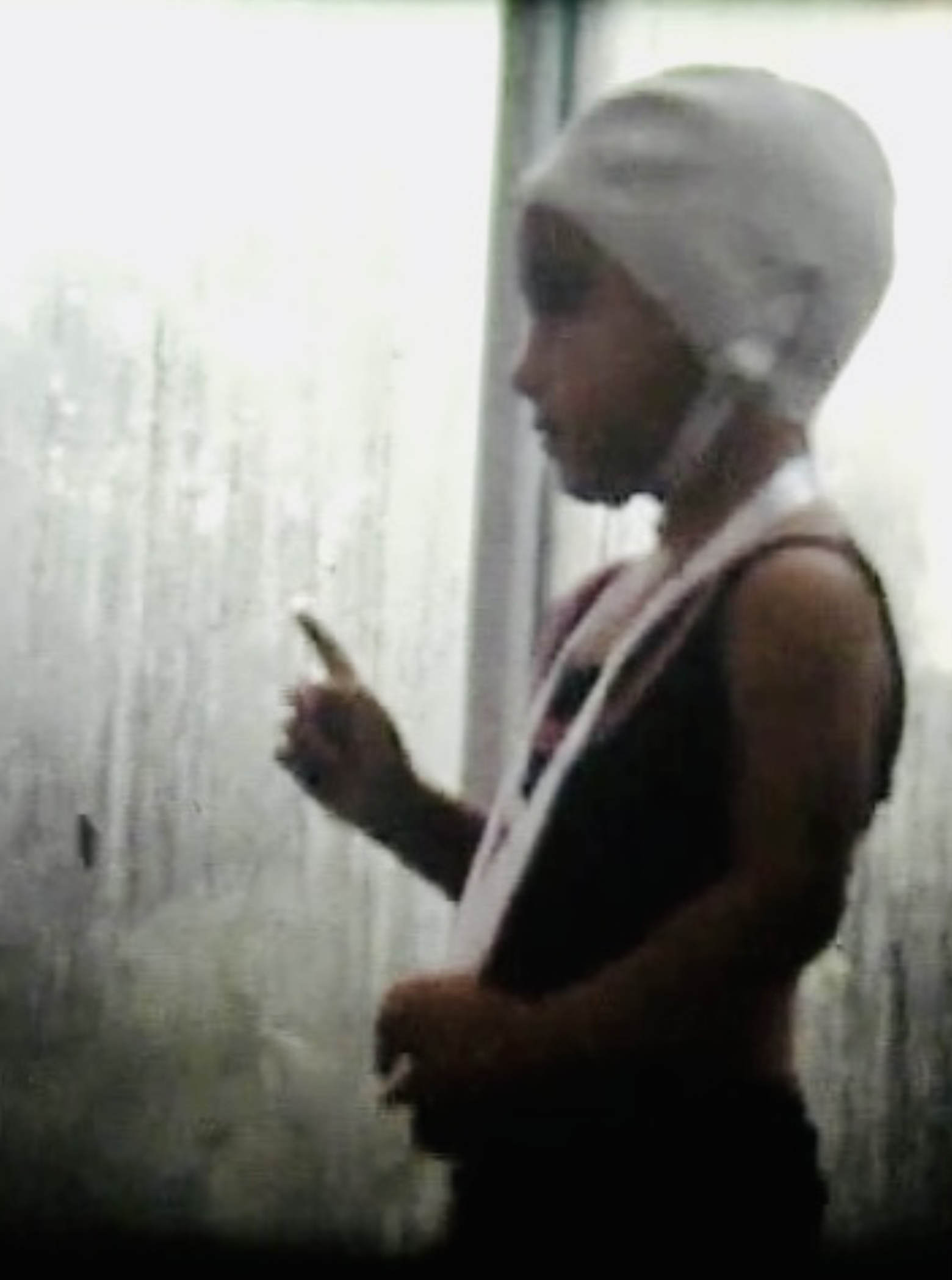
Eva thus questions the expectation of maternity that is imposed on women and the negotiation involved in accepting that one’s maternal line will end when one decides not to have any offspring. The video also addresses the resentment toward paternal and maternal figures, deciphering the codes in which they tend to be concealed.
In its gaze on the past, Eva superimposes three different temporalities. First, the time the artist’s father filmed certain moments from their family history around 50 years ago. Second, their improvised digitalization in 2004, through the recording of the projection of the film against the wall, which allowed for the first edition of a short video essay. Third, the recent reconstruction of the first version with a brief addendum to give continuity to her dialogue with Eva in her absence due to her recent passing.
In other projects, Noé has started by reconstructing events and stories to create artistic pieces. One example is the text that arose from her journey on foot from Berlin to the Polish city of Szczecin.[4] This translation problematizes the memory and interpretation of a corporeal process to become, rather than a supplementary document to the action, a re-embodying of the event and, therefore, a piece in itself. Eva arose from a similar operation: the artist assimilates memory and forgetting from her own life and others, putting them into dialogue through seeing and reading, taking advantage of the primordially malleable condition of memory. In this way, she finds meaning in the past for the present.
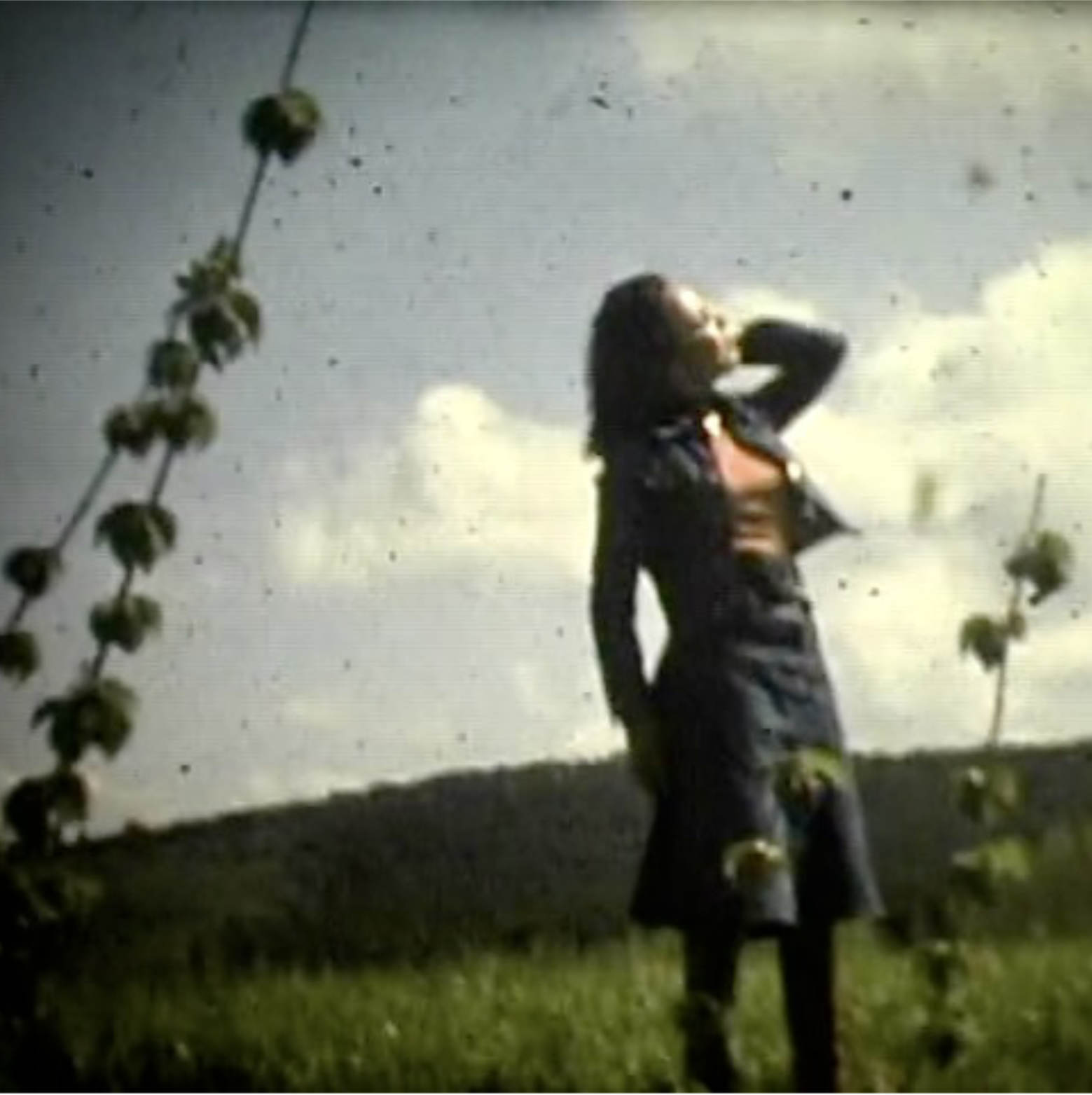
The paused, contemplative rhythm of the video, marked by the drawn out sound of the projector, contrasts with the doubts and anxiety of the text. The riddle it presents regarding their identities (who is Eva and who is Ilya?), rather than meant to be deciphered, invites us to reflect on the porosity of our relationship with our mothers. The film opens a door to our unsettled mourning: the child’s difficult recognition that the life of our mothers goes beyond our own, the pain in accepting the care role as one’s mother ages and the early loss of a mother. In this sense, the video’s narration escapes the limitations of its anecdote. As Lynette Hunter explains when describing learning structures of nonwestern ways of knowing, “the story-teller performs a story that only becomes knowledge when the listener retells the story in their own way, in their own context.”[5]
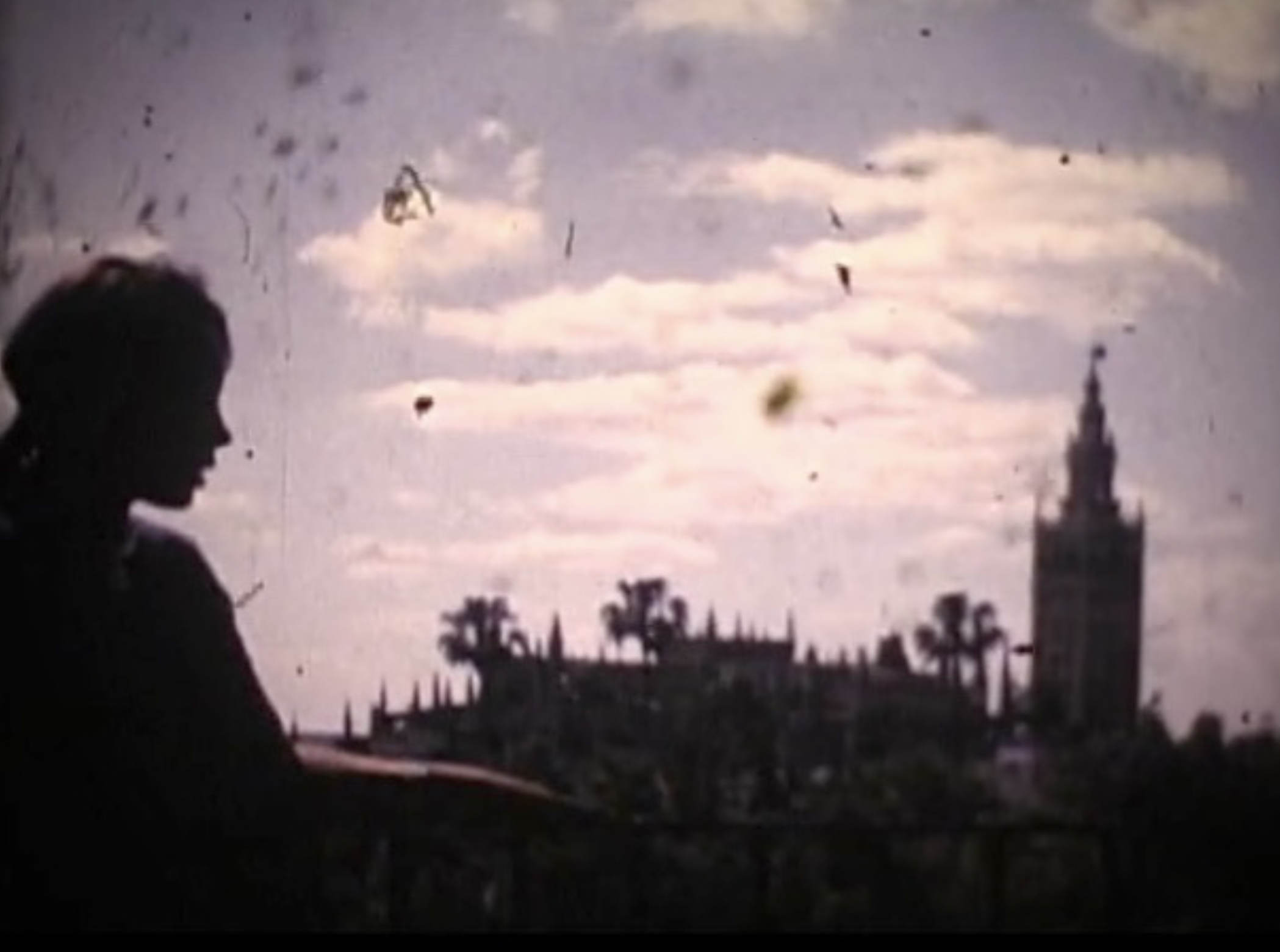
During the development of this piece, the narrator claims that Ilya “has seen her own birth, but wasn’t there the day of her death.” This asymmetry, the fact of not being able to see those who are absent and who, in turn, can return one’s gaze,[6] drove the effort toward reconciliación with an unfinished story in Eva. The piece represents the artist’s vindication of the mother, of the feminine figure and of a series of lessons associated with it in her personal history. Likewise, the video’s visual meditation also turns our attention to what suddenly, unexpectedly, stops being present.
Jaime González Solís
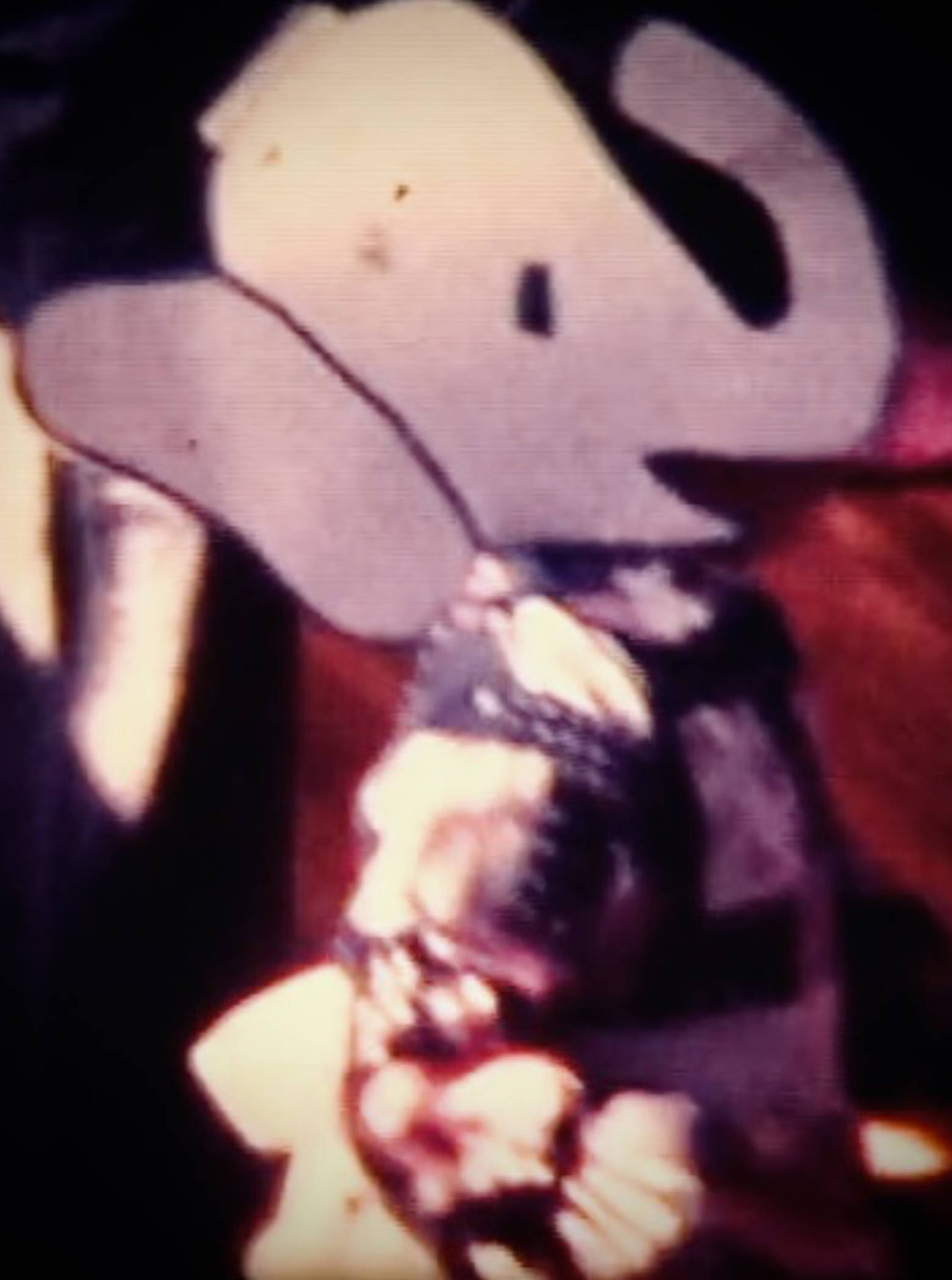
[1] Jaques Derrida and Bernard Stiegler, “Spectrographies,” in Echographies of Television, Cambridge, Polity Press, 2002, p. 117.
[2] Ilya Noé, “The Erogate/Surrogate Performance Project: Troubling the Elevated Notions of Autonomy and Originality,” unpublished talk given at the Nordic Summer University in Saudrakrokur, 2014.
[3] This approach has been expanded in the performance Looming Eves (2022), the first project in which the artist accepted the loss of her mother through her artistic practice. The piece is an exploration of the notion of mothers/ancestral Eves—including the “Mexican Eve” (Malintzin) and the Mitochondrial Eve—and the impossible reconstruction of the maternal line through genomic sequences.
[4] Ilya Noé, “Walking with Com-Pains (Re-)(Em)Bodying Missteps and Messmates,” in Sentient Performativities of Embodiment, Thinking Alongside the Human, Maryland, Lexington Books, 2016, p. 208.
[5] Lynette Hunter, “Situated Knowledge,” in Mapping Landscapes for Performance as Research, London, Palgrave Macmillan, 2009, p. 152.
[6] When speaking of spectrality, Derrida explains: “The ‘visor effect’ in Hamlet […] is that, up or down, the king’s helmet, Hamlet’s father’s helmet, reminds us that his gaze can see without being seen […] the fact that there is a visor symbolizes the situation in which I can’t see who is looking at me.” Derrida and Stiegler, op. cit., p. 121.
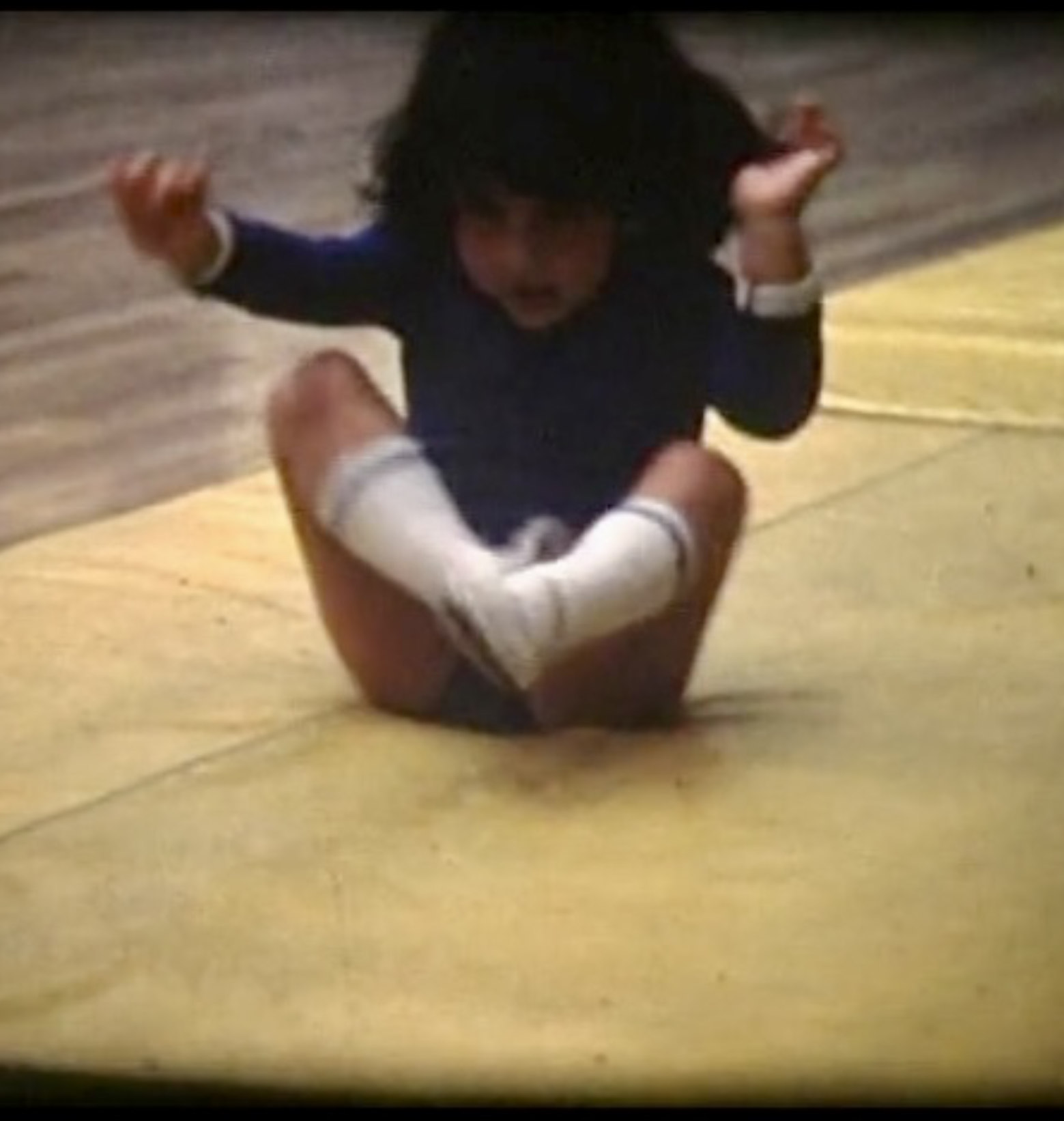
Weaving, Unweaving and Reweaving: A Conversation Between Ilya Noé and Jaime González
Jaime González (JG): I’d like to begin by asking you about Ilya Noé, beyond your presence in the cinematic fabric of Eva. In the bio on your website, you describe yourself as a “former gymnast turned visual/performance artist-researcher, compulsive walker (and talker), backstrap weaver, (over)eager collaborator.” [...]
COMPLETE TEXT HERE
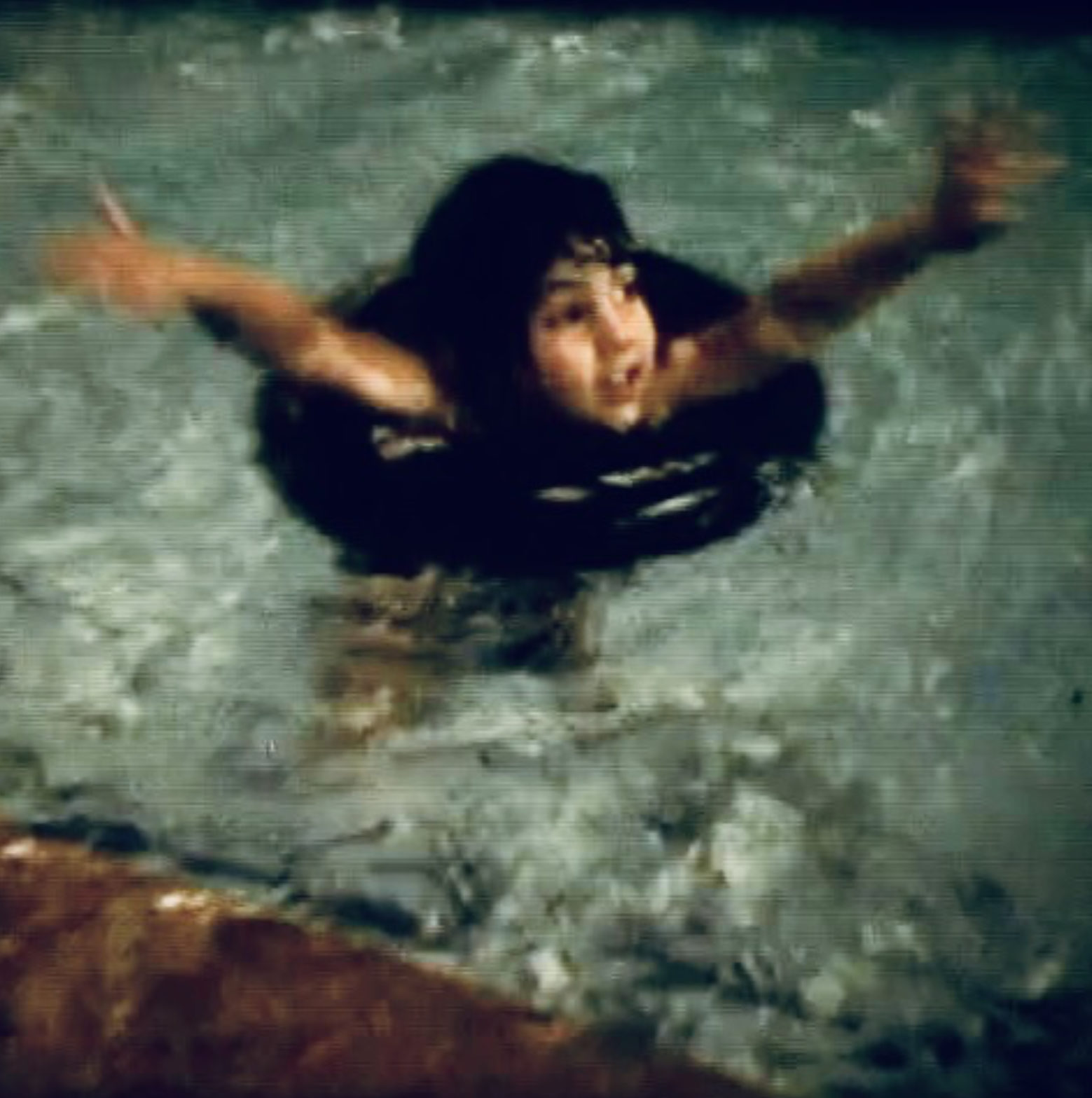
Ilya Noé, Eva, 2004/2023
Video, 4' 32''
Courtesy of the artist
Ilya Noé (Mexico City. Lives and works in Berlin).
Ilya Noé is a former gymnast turned visual/performance artist-researcher, fan of taoist dialectics, slow research, messy theory, intellectual promiscuity, open-ended storytellings, ellipses… Ilya has presented her work at the Biennale of Shanghai, became a UNESCO-Aschberg Laureate, was granted an Acquisition Prize at the National Young Art Encounter, and represented Mexico in Venice’s OPEN2000. A special guest at the European Landscape Biennial in Barcelona and the International Biennial of Cerveira, her work has also been showcased at the Boston Center for the Arts, Centre d’Art Santa Mónica (Barcelona), Centro Nacional de las Artes (Mexico City), TRAFO (Szczecin), CAS (Osaka), ZETA Contemporary (Tirana), AC Institute (New York), Beton 7 (Athens), Pavilion am Milchhof (Berlin), Performensk Festival (Minsk), Excentricités Festival (Besançon), among others, and is represented in European and North American public collections.

Curatorship: Jaime González Solís
Texts: Jaime González Solís, Ilya Noé
Content Direction: Ekaterina Álvarez, Cuauhtémoc Medina
Curatorial Coordination: Mariel Vela García
Digital Management: Ana Cristina Sol
Content Editing: Roberto Barajas, Vanessa López, Yerem Mújica
Spanish Translation: Jaime Soler Frost
English Translation: Julianna Neuhouser
Press: Francisco Domínguez, Eduardo Lomas


